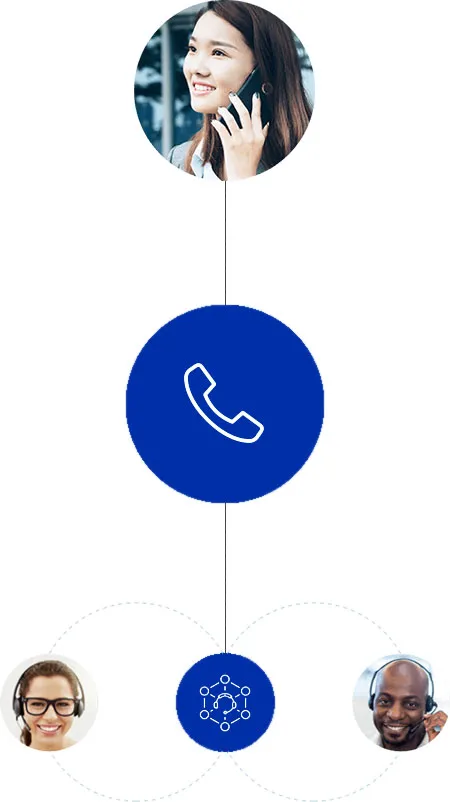STEP 1. Caller Identification
As mentioned above, the first step is asking the caller’s purpose through an IVR. Caller ID systems can also be used to determine factors like language and location. This will allow the ACD to distribute the caller to an agent that’s best equipped to handle their concern.
STEP 2. Call Queueing
The next step is to sort the callers into a waiting list. The distribution system determines the order of the queue based on a number of factors such as:
- Status
- Waiting time
- Query
VIPs are usually prioritized over others, but the system can also be programmed to sort callers based on the other factors mentioned above.
STEP 3. Call Routing
The last step is call routing. The ACD will route the calls based on your preferred type of distribution method.
Want to minimize customer waiting time? The ACD can distribute the incoming call to whoever’s immediately available. Want your customer to be handled by the best agent? You can set the system to distribute based on an agent’s skills.
There are many types of distribution methods for you to choose from. To help you determine which one is the best for your business, let’s look at the most commonly-used methods in call centers.
 +1 (270) 716-7625
+1 (270) 716-7625






